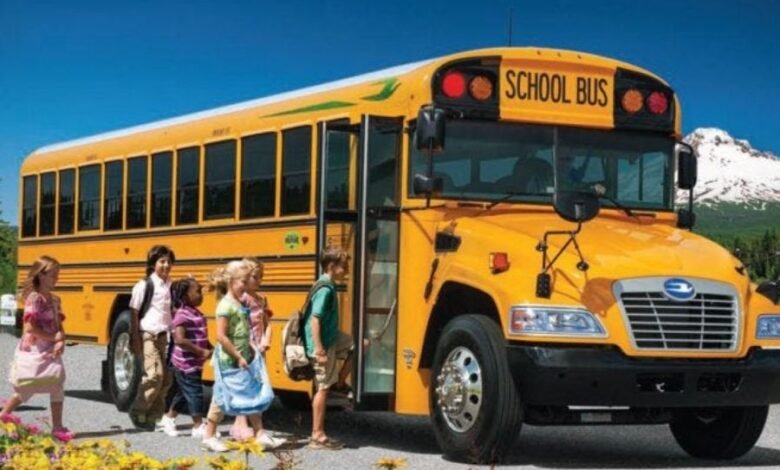10 Safety Rules for School Bus Travel Every Child Needs

Even though keeping correct safety precautions is vital to prevent collisions and provide parents peace of mind, school bus travel is still among the safest modes of transportation for children. Understanding fundamental safety rules protects little passengers whether they ride their school mini bus hire or a conventional school bus. Get support for trip arrangements. From boarding protocols to emergency procedures, these guidelines give kids the information they need to travel safely. These are ten safety tips everyone, parent, kid, and educator should know. Schools can create a safer journey climate and educate children in smart travel habits that will last them a lifetime by adhering to these guidelines.
Get to the Bus Stop Early
Being punctual keeps accidents away. To prevent running, youngsters should arrive at their stop five minutes early. Waiting quietly at a designated safe place lowers traffic-adjacent fall or slip risk. Parents should start establishing this regimen from the very first day of school. Early arrival further gives you time to look for hazards like obstructed sight or slick pavement. This basic custom helps every school path get off to a stress-free start.
Keep a Secure Distance from the Roadside
Children have to stand at least 2 metres away from the kerb until the bus comes to a full halt. This buffer area enables the bus to manoeuvre and avoid contact with passing cars. Instruct youngsters to re-recognise safe waiting locations marked by poles or signals. Never let your car lie close to the roadway while waiting. When approaching stopping points, drivers find visible, arranged lines appealing.
Board With Handrails Very Cautiously
Correct boarding helps to avoid falls. Children should ascend one at a time, tightly grasping handrails with both hands. To keep hands free, one should wear a backpack properly. Extra care is required on stairs in damp weather. Moving or rushing creates hazardous circumstances. Drivers should keep an eye on the board to guarantee safe behaviour.
Stay Seated and Fasten Your Seatbelts
The safest are those seated. Children need to keep in designated seats facing forward with seatbelts correctly secured (where fitted). While travelling, there should be no standing, walking, or seat changing. Describe how unsecured passengers can be thrown by quick halts. Teachers should show the right seating positions before vacations. Never let your car lie close to the roadway while waiting.
Maintain Open Aisles and Exits
Emergency access saves lives. School backpacks should be kept appropriately; under no circumstances should they obstruct pathways or emergency exits. Children should see why clear trails are crucial. Frequent exercises help to strengthen this crucial safety behaviour. Before going, conduct aisle inspections.
Obey the Driver’s Directions
Honour the driver’s authority. Children should immediately hear every safety instruction. Set distinct noise level guidelines such that the driver won’t be distracted. Assign adult monitors to keep order on bigger vehicles. Constant expectations make for safer trips.
Proper Exit Process
Safe exiting helps to avoid accidents. Children should wait for the bus to completely stop before standing. When descending, utilise handrails and step straight onto the kerb. Never cross right in front of the bus with limited visibility. Before starting the car, drivers should make sure all kids are clear.
Crossing Roads under Safety Standards
Should crossing be required, do it correctly. Walk at least five enormous steps ahead of the bus to catch eye contact with the driver. Only cross when the driver indicates it’s safe. Never recover dropped things next to he bus; rather, seek adult assistance.
Safety Issues Should be Reported
Inspire people to speak up. Children should tell adults about questionable activity, dangerous behaviour, or damaged equipment. Set up straightforward reporting channels. Praise kids who identify possible hazards. A culture of safety awareness protects everyone.
What Is A Driver Medical And Why Is It Important?
Conclusion
Continuous reinforcement of these ten simple rules builds a safety-first culture of travel. From boarding protocols to emergency preparedness, all of these rules address real dangers school kids face every day. Schools must cooperate with parents to make safety drills second nature in, kid-friendly fashion. Continuous reminders, particularly following breaks, maintain currency of information. Prioritising these habits, we give children safety and encourage lasting habits of transportation safety. Safe school bus transportation requires commitment from students, parents and teachers and drivers, but it’s all well worth it.

